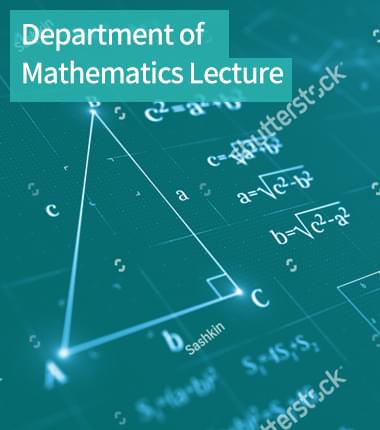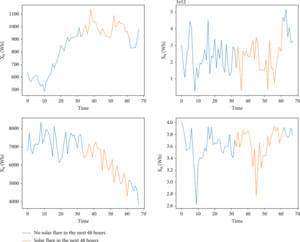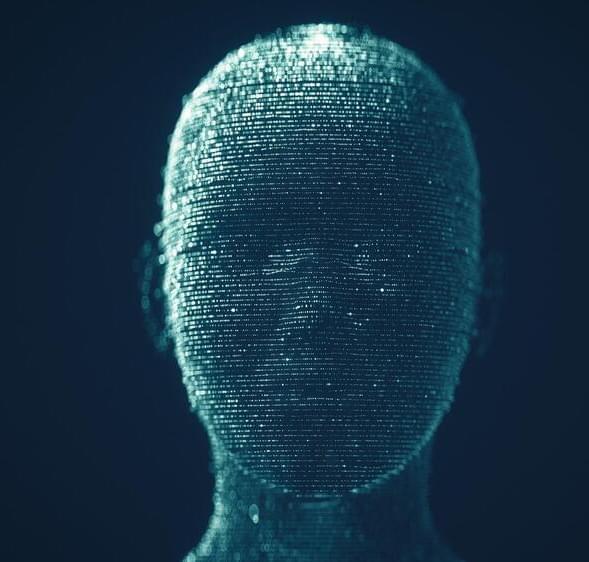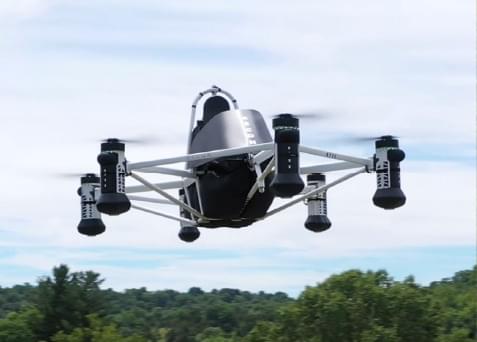It was designed to reduce carbon dioxide emissions by over 6.5 million tons each year.
The Dubai Electricity and Water Authority (DEWA) is aiming for 5 GW by 2030 in the Mohammed bin Rashid Al Maktoum Solar Park — the largest single-site solar park in the world.
Mohammed Bin Rashid Al Maktoum Solar Park project constitutes one of the key pillars of the Dubai Clean Energy Strategy 2050 and the Dubai Net Zero Carbon Emissions Strategy to provide 100 percent of Dubai’s total power capacity from clean energy sources by 2050.
The Dubai Electricity and Water Authority (DEWA) has issued an update indicating that the Mohammed bin Rashid Al Maktoum Solar Park is still targeting 5 GW of generation capacity within this decade.







